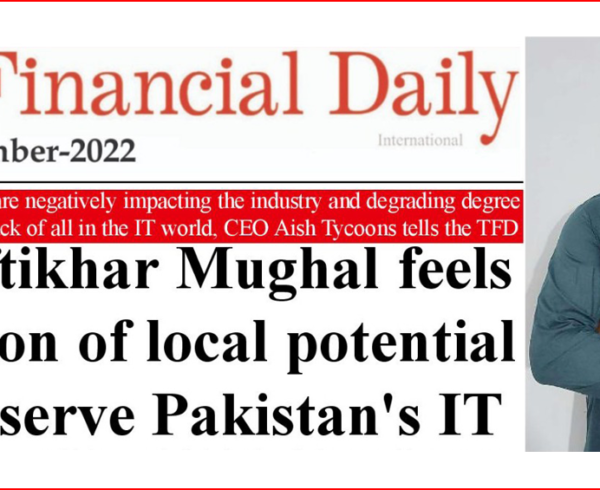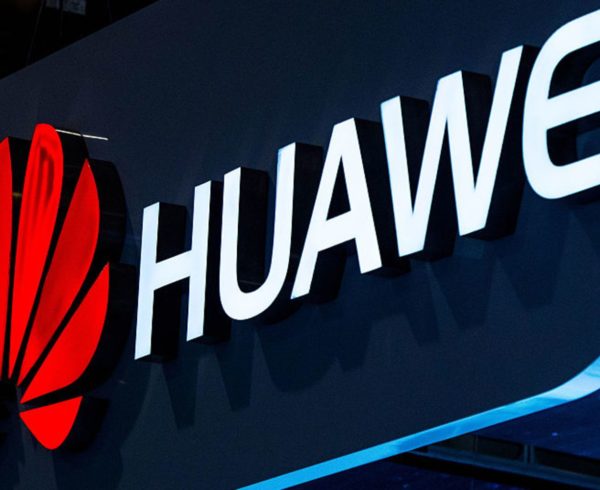Whizzy 5G tech has everything going for it barring a strong business case NORTH KOREAN athletes will not be the only unusual participants at the Winter Olympics in Pyeongchang in South Korea, which begin on February 9th. Anyone can take part, at least virtually. Many contestants will be watched by 360-degree video cameras, able to stream footage via a wireless network. At certain venues around the country, sports fans will be able to don virtual-reality, head-mounted displays to get right into the action. Flying alongside a ski jumper, for instance, will offer an adrenalin rush without any risk of a hard landing.
These virtual experiences will be offered by KT, South Korea’s largest telecoms firm. They are meant to showcase the latest generation of wireless technology, known as “5G”. But just as ski jumpers never know exactly how far they will leap after leaving the ramp, it is unclear where 5G will land.
On paper, the new technology should go far. The International Telecommunication Union (ITU), a UN body which helps develop technical standards, has agreed on an ambitious set of requirements for the technology. It should offer download speeds of at least 20 gigabits per second, response times or “latency” of less than 1 millisecond and the ability to connect at least 1m devices in one square kilometre. So 5G networks are supposed to be able to transfer a full-length, high-resolution film in two seconds, respond to requests in less than a hundredth of the time it takes to blink an eye and effortlessly serve cities that are densely packed with connected humans and devices.
When 5G is properly rolled out, wireless bandwidth may seem infinite, says Alex Choi, until recently the chief technology officer of SK Telecom, South Korea’s second biggest carrier, who is now at Deutsche Telekom, a German operator. That will enable all kinds of data-ravenous services, which SK is testing at its “5G Playground” near Seoul. One such is a virtual-reality offering that allows people to beam themselves into shared digital spaces such as a virtual sports stadium.
Another piece of 5G ingenuity is on view at Ericsson, a maker of network equipment. In what was once a factory building next to its headquarters near Stockholm, it is demonstrating “network slicing”, a technique to create bespoke networks. The antennae on display are able to create separate wireless networks, to serve anything from smartphones and wireless sensors to industrial robots and self-driving cars. “Each set of devices will get exactly the connectivity they need,” says Nishant Batra, who runs wireless-network products at the Swedish firm.
This versatility, along with the ITU requirements, could make 5G the connective tissue for the internet of things (IoT), as connected devices are collectively called, says Pierre Ferragu of Bernstein Research. Networks based on it could connect and control robots, medical devices, industrial equipment and agricultural machinery. They could also enable “edge computing”, the idea that more and more number-crunching will not happen in centralised data centres but at the fringe of networks.
The telecoms industry has a lot riding on 5G. Mature network-equipment makers such as Ericsson and Nokia want it to revive demand for their wares, which has declined markedly since investment in 4G peaked a couple of years ago. Makers of radio chips, such as Qualcomm, are keen too. Countries are also boosters of 5G. Having lagged in the previous wireless generation, Asian countries want to lead the way on the next one. Using the Olympic Games to showcase and launch 5G is not unique to South Korea. Japan will do so in 2020, when Tokyo hosts the summer Olympics and NTT DoCoMo, the country’s largest operator, wants to start offering 5G services commercially. In China the government, operators and local equipment makers such as Huawei and ZTE are about to launch big 5G trials.
In America, where competition between AT&T, Sprint, T-Mobile and Verizon has already speeded 5G development, industrial policy may further accelerate its roll-out: a leaked memo written for the White House by an official of the National Security Council went so far as to call for a nationalised 5G network. Such a project, it argued, would allow America “to leap ahead of global competitors and provide the American people with a secure and reliable infrastructure”. The memo was dismissed, but the idea could crop up again.

In spite of all this backing for 5G, hurdles exist. One of these is radio spectrum, which is increasingly saturated in the lower frequency bands usually used by mobile networks. Free spectrum abounds in the higher bands—in particular where the length of radio waves is counted in millimetres. But the higher the frequency, the more difficult things get, explains Stéphane Téral of IHS Markit, a research firm. Millimetre waves provide a lot of bandwidth, but even foliage can block them. They either need direct line-of-sight to work or must be bounced around obstacles, which requires lots of computing power.
Hardware is another headwind. Some equipment vendors have been touting their wares as “5G-ready”, needing only software upgrades to work with the new standards. In fact, even if equipment is easily upgradeable, most operators will have to rejig their networks. High-frequency radio waves do not travel far, so firms have to erect more base stations (computers that power a network’s antennae). As for mobile devices, big changes must be made for these to be able to use millimetre waves; with current technology, the computing power to process the signals would drain batteries in a twinkling.
But the biggest brake on 5G will be economic. When the GSMA, an industry group, last year asked 750 telecoms bosses about the main risk to delivering 5G, over half cited the “lack of a clear business case”. Some of this pessimism is tactical: if operators were more enthusiastic, equipment vendors would raise their prices. But as things stand, 5G is unlikely to be a big moneymaker, says Chetan Sharma, a telecoms consultant.
That is because, although people want more bandwidth, they are often not willing to pay for it—an attitude even the fanciest virtual-reality offerings may not shift. Revenue per gigabyte of data has already plunged by over 50% between 2012 and 2015, estimates Mr Sharma. Costs per gigabyte have not gone down nearly as much and building 5G will not be cheap. Because of the higher frequencies, 5G will require more antennae, base stations and fibre-optic cables to connect them. And before firms can take full advantage of “network slicing”, for instance, they have to upgrade the computers at the core of their networks. “We will have to work harder to give 5G a push,” admits Lauri Oksanen, who oversees network research at Nokia, a Finnish equipment maker.
Operators are unlikely to ramp up their 5G investments quickly, predicts Bengt Nordstrom of Northstream, a telecoms consultancy. Instead, he says, they will roll it out gradually where the numbers add up. Some will first use the technology to provide superfast “fixed” wireless links (ie, between two stationary antennae), which is less tricky to do. Both AT&T and Verizon have said they will start offering such a service in America this year. Other carriers may use 5G to get more out of the spectrum they own. Others will weave 5G networks to serve densely populated cities, most probably in Asia. And some will launch private systems, for instance to provide connectivity in mines and ports.

In other words, 5G’s trajectory is likely to differ from that of a ski jumper: it may fly low for years before it takes off. If this is the case, it would develop much like 3G, a mobile technology introduced in the early 2000s. It disappointed until it found a “killer application” with the smartphone late in the decade. And it was only with 4G that mobile networks lived up to the promises made of 3G, such as being able to watch video streams (see chart). “The odd-numbered generations do not seem to do too well,” quips Dean Bubley, a telecoms expert. “We may have to wait for 6G to get what 5G promises.”











Thanks for your blog, nice to read. Do not stop.